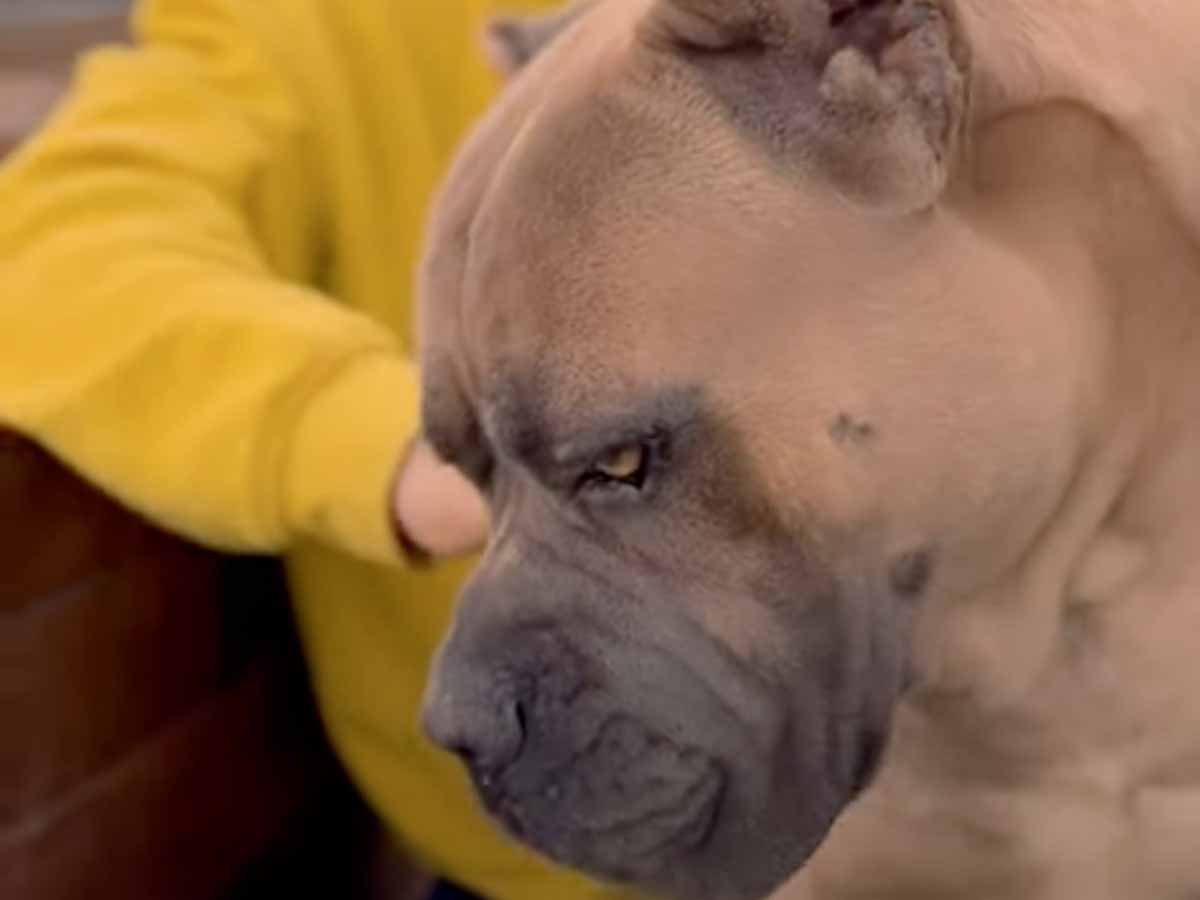4 Uncomfortable Truths About the Cane Corso Breed
There are things nobody likes to talk about—touchy subjects that are part of the Cane Corso’s story. Uncomfortable truths that some know, others suspect, and plenty choose to ignore.
If you’re really into this breed, this is for you. Here are four big points that might not sit well but are part of what’s gone down with the Cane Corso over time.
Mixed Origins: Not Everything Was “Pure”
When the breed was being brought back, a lot of breeders made crosses they shouldn’t have. And we’re not talking one or two here—it was a bunch.
Take the jet-black color, for instance—one of the most sought-after shades today. Word is, they used black Boxers to lock in that glossy, deep tone.
But it didn’t stop there. The original Cane Corso had a narrower, longer muzzle, and to widen it out, they mixed in other breeds. People know exactly who did it and where, even if it’s not something many want to admit out loud.
Me? I’m not a fan of it. But it’s what happened. You can’t rewrite history.
The “Bad” Dogs Italy Shipped Off to Russia
This one’s a tough pill to swallow, but it’s true.
This one’s a tough pill to swallow, but it’s true.
Back in the ‘80s and ‘90s, when the Cane Corso was still in recovery mode, Italy was the hotspot for the breed. Anyone who wanted a solid dog went straight there to buy.
Here’s the kicker: the Italians kept the best for themselves and sold off what they didn’t want.
Where’d those “rejects” end up?
Mostly Russia.
We’re not talking dogs with minor quirks. These were off-type—structural issues, overdone prognathism, mastiff-like eyes, way too many wrinkles…
Dogs the Italians didn’t think cut it, but they had no trouble selling them abroad.
What happened next?
Russia took what they got and ran with it. They fixed it.
Today, plenty of Russian breeders have turned their lines into top-tier stuff. They’ve sorted out the structural problems, dialed back the prognathism, and raised the bar on quality.
It’s awkward to say, but it’s real: Italy offloaded what they didn’t want, and Russia, with a ton of hard work, has churned out some of the best Cane Corsos around.
The Cane Corso Has Lost Its Original Edge
This one stings.
Folks who’ve been with the breed for years say it, and they’re right: the Cane Corso of old isn’t the same dog we’ve got now.
The breed’s personality has softened a lot, and the reason’s pretty straightforward: the market calls the shots.
What do I mean?
Back in the day, the Cane Corso was tougher—more serious, more territorial, more intense.
Back in the day, the Cane Corso was tougher—more serious, more territorial, more intense.
Now? The market’s molded it into a family dog.
Most breeders today have worked to make it more social, more easygoing, more “family-friendly.”
Go to a beauty show, and good luck finding a Cane Corso with real grit. In fact, any hint of fierceness or a reaction to another dog gets dinged.
So now, a lot of the time, the modern Cane Corso’s got a lighter vibe. It’s still a solid guardian, sure, but that old-school fire? It’s faded in plenty of cases.
Breeders have had to tweak the temperament to sell more—most buyers don’t want a dog with too much protective drive; they want a chill family companion.
That’s just how it is.
Gray Wasn’t Part of the Original Breed
Here’s where it gets dicey.
Here’s where it gets dicey.
Was the Cane Corso always gray?
Nope.
Nope.
When the breed started its comeback, gray wasn’t a thing.
You had fawn, brindle, black—but gray? That came later.
Where’d it come from?
The Neapolitan Mastiff.
Plenty of old-timers who’ve watched the breed evolve say it straight: gray came from Mastiff crosses.
Why’d they bring it in?
Because it’s a gorgeous, marketable color.
Because it’s a gorgeous, marketable color.
For years, gray was seen as a “bastard” shade in the breed. It wasn’t allowed in shows, and some judges and breeders flat-out rejected it.
When did it catch on?
Not until 2015, when the first gray world champion, Brutus X-Man, strutted in and turned heads. That’s when it started getting the green light.
Since then, gray’s become one of the most popular colors out there.
Still, the purists stick to their guns: the original Cane Corso wasn’t gray.
Wrapping Up: It’s Not All as “Pure” as It Seems
The Cane Corso’s story isn’t flawless. There’s stuff people don’t talk about, but it’s all part of how the breed got here.
The Cane Corso’s story isn’t flawless. There’s stuff people don’t talk about, but it’s all part of how the breed got here.
Crosses with other breeds happened.
Italy dumped its leftovers on Russia.
The original temperament’s slipped away.
Gray wasn’t even a thing back then.
Italy dumped its leftovers on Russia.
The original temperament’s slipped away.
Gray wasn’t even a thing back then.
Does that mean today’s Cane Corso isn’t a great dog? Not at all.
It’s an awesome breed—strong, smart, balanced. But knowing its past helps you
It’s an awesome breed—strong, smart, balanced. But knowing its past helps you
get why it is what it is now.
Get in Touch with Cane Corso X-MAN
If you’re interested in adding a high-quality Cane Corso to your family, don’t hesitate to reach out. We’re based in Barcelona and would love to answer your questions and guide you through this exciting journey.


